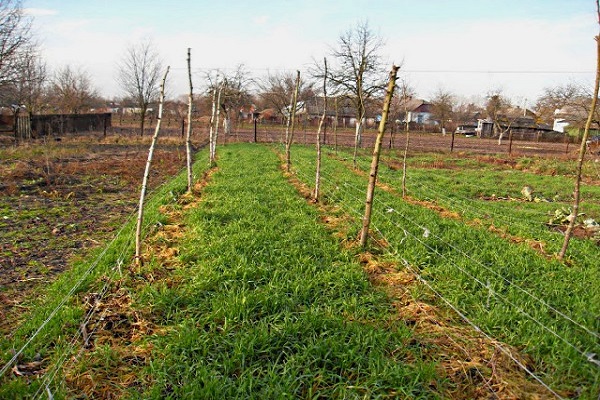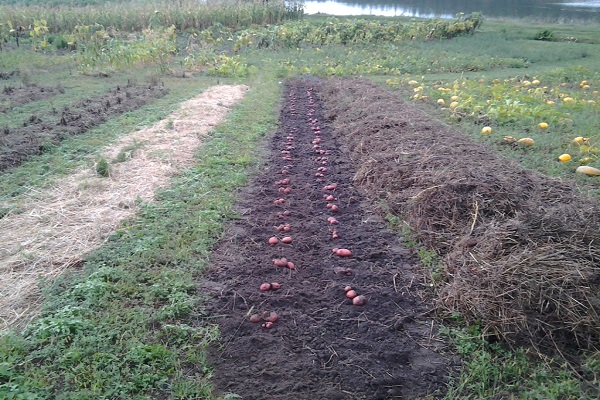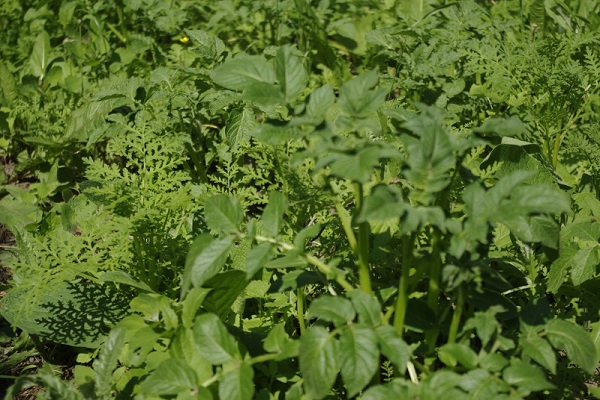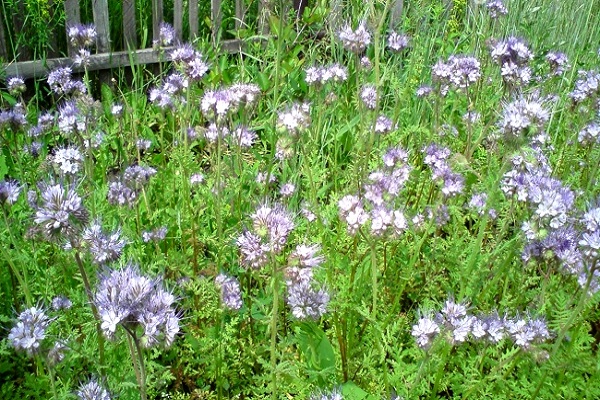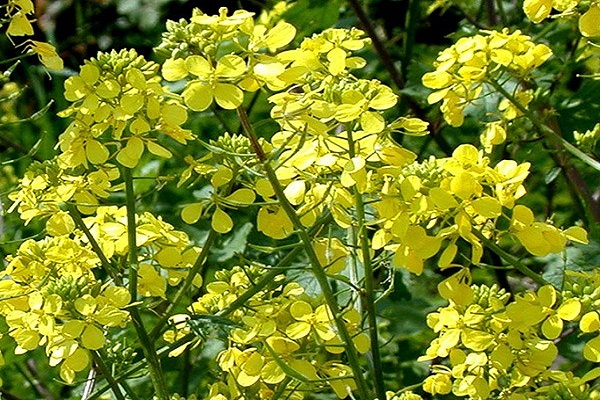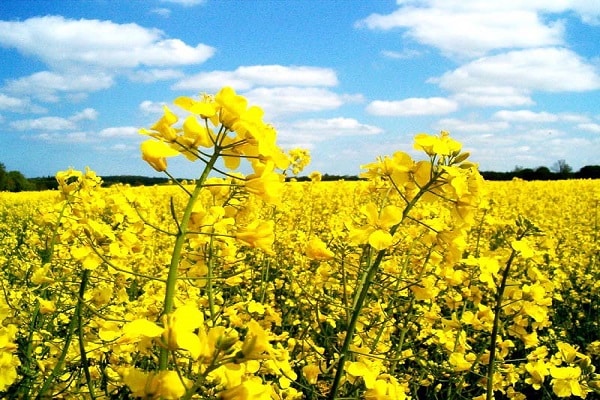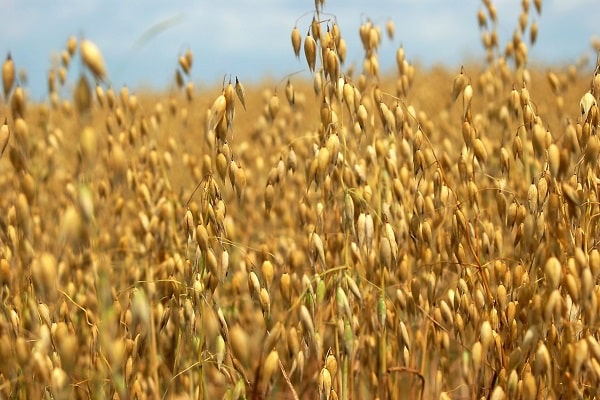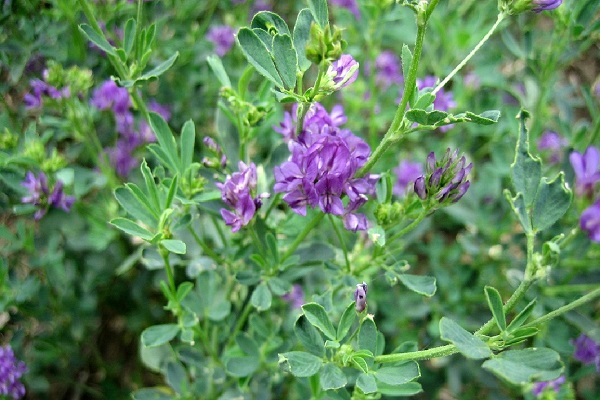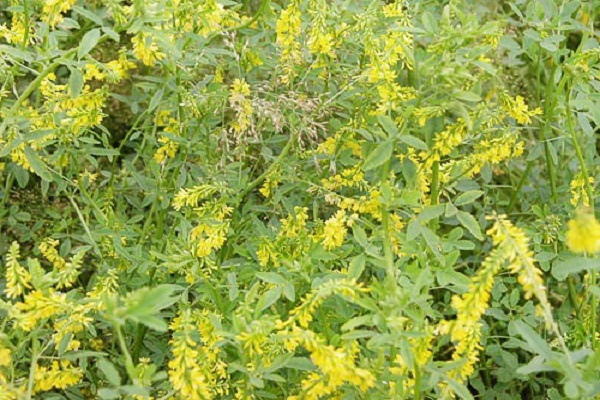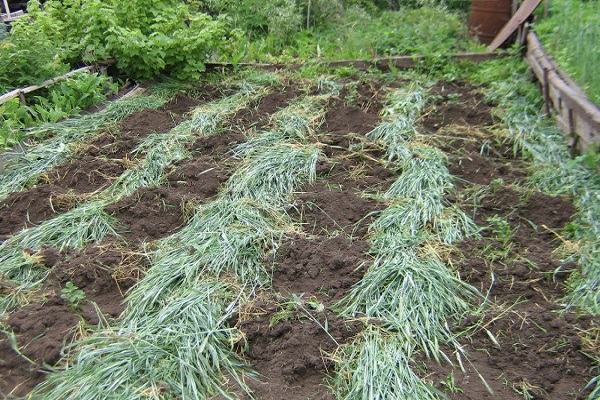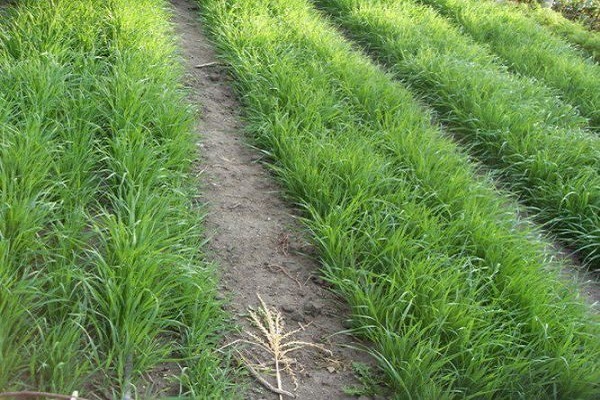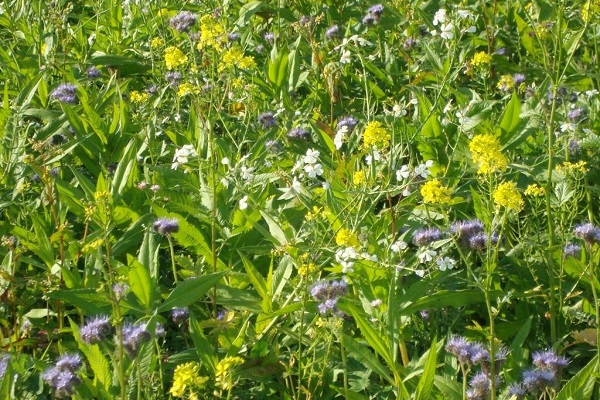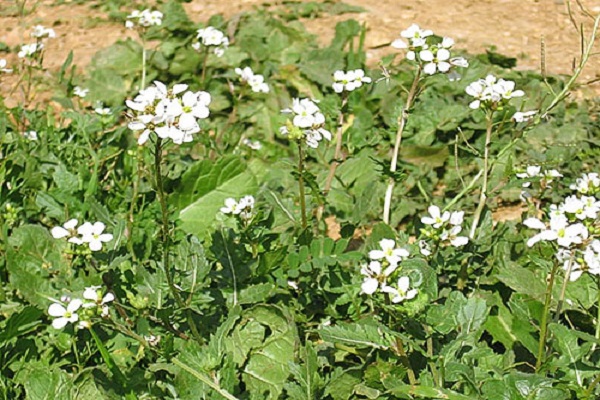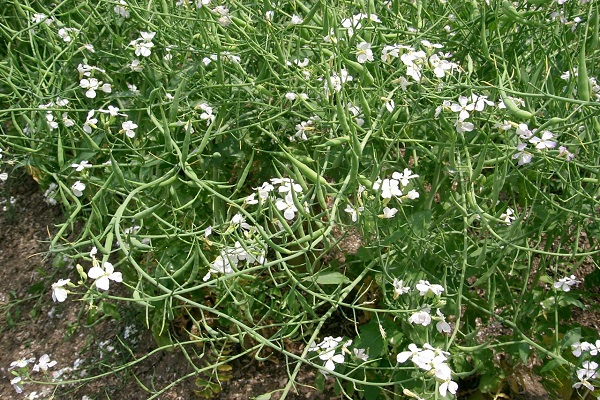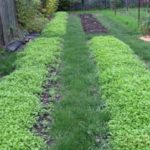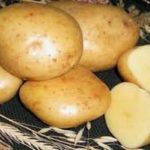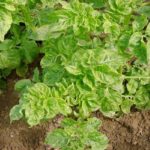Green manure for potatoes is used to preserve the fertile area from depletion. Not all gardeners have the opportunity to devote a new “rested” field to a crop every 3–4 years. Large farms also resort to this technique, as a result of which the sown areas are used with maximum efficiency.
Properties of the green manure plant
Green manure in agricultural technology is the most important component. Plants enrich the soil with nitrogen and other microelements and saturate it with oxygen. Most often these are annuals with powerful roots and a dense above-ground part. They can be cultural or semi-cultural.All species quickly develop and increase green mass, many of them are natural phytoncides.
Any of the green manures, except nightshades, are suitable for potatoes, since they have the same diseases and pests. Ways to use green manure fertilizer:
- Complete (plowing of green mass to a depth of 10 cm).
- Mowing (grass grown in another field is laid in potato furrows).
- Otavnoe (only the lower root part is used, the greens are removed from the field).
Planting oilseed radish, rapeseed, white mustard, and rapeseed will rid the soil of fungi and dangerous bacterial diseases of potatoes. Legumes serve as a source of nitrogen and potassium, and cereals will improve the structure of the soil. Cruciferous green manures are indispensable assistants in pest control.
Natural fertilizer has valuable qualities:
- Creates favorable conditions for the development of beneficial microorganisms in the soil.
- Attracts pollinating insects.
- Prevents soil erosion.
In terms of efficiency, it can be compared with the application of manure, a not so accessible organic fertilizer. Plants saturate the soil with the nitrogen and phosphorus necessary for potatoes. The same effect applies to humus, which takes longer to decompose.
Many farms combine or alternate these additives. The resulting product is environmentally friendly. Green manure for potatoes is planted in the fall after harvesting or in early spring.
Sowing spring green manures
In early spring, phacelia, white mustard, rapeseed, and oats are sown. The soil should warm up to a depth of 3–5 cm. Using a mixture of green manure gives good results. Throughout the season, potato bushes will receive nutrition from decomposing plant debris.
Spring sowing can be done in two ways:
- Before potato planting. For mustard and phacelia, the earliest planting is possible, immediately after the snow melts, since these plants are not afraid of frost. In front of the potatoes, the field is dug up and the green manure is plowed.
- Simultaneously with potatoes in the rows. A “carpet” of herbs will protect the soil and young shoots from drying out. When green manure and potatoes are equal in height, the beds are hilled, cutting off the stems of green fertilizer.
Pruning can be done in several steps:
- Leave 5 cm of the above-ground part, and the cut top is laid out between the rows.
- As soon as the shoots grow, the procedure is repeated.
- Continue until harvesting potatoes.
Some gardeners practice joint spring planting. You can plant low-growing beans on the sides of the potato holes. In this case, the beans or beans will not only be green manure, but also a compacting crop, from which a full-fledged crop is harvested at the end of the season. There should be 3 times less legumes in the furrow than potatoes.
Legume nodule bacteria will enrich the soil with the elements necessary for potatoes, and it, in turn, will protect the bean bushes from low temperatures. This type of planting “confuses” the Colorado potato beetle, and there are practically no larvae on the leaves. On early potatoes legumes are sown after the sprouts of the root crop emerge.
At one time, calendula may grow in a potato field; the flower is planted between the bushes. The smell of this plant will repel the Colorado potato beetle.
Autumn green manure
It is more rational to plant green manure for potatoes in the fall. Harvested early potatoes provide space for grass for green fertilizer. Thus, green manure after potatoes in August protects the area from being filled with weeds. According to many reviews, the best green manures for potatoes are:
- alfalfa;
- beans, peas;
- sweet clover
The seeds are scattered over the surface of the soil, focusing on the consumption rates indicated in the packages. Lightly sprinkle or roll with a roller. If the weather is dry, the seedlings must be watered.
Sowing begins immediately, without waiting for the arrival of cold nights. Green manure for potatoes must grow before frosts in the fall, otherwise there will be little effect. During the winter, the stems rot under a layer of snow, and in the spring, plant residues are plowed into the soil.
If the shoots outgrow, become too voluminous and rough, then the grass is mowed. Part is laid on the field, the excess is transferred to another place. Here are the best green manures to sow under potatoes in the fall: lupine, spring vetch, mustard, any legumes.
Already in August you can plant winter green manure - rye. The plant is considered a kind of “soil orderly”. One of its advantages is its ability to convert phosphorus into a form that is most easily absorbed by potatoes. Rye stalks are plowed in the spring when they reach a height of no more than 25 cm. After 14 days, the field is already well prepared for potatoes.
Disadvantages and mistakes in green manure
A layer of planted green mass that is too thick will not decompose in the soil, but will turn sour. Therefore, the height of the plants is controlled, plowing is carried out in a timely manner, preventing the crops from overgrowing and the seeds from ripening and waking up.
Sunflowers are not sown as green manure for potatoes. This plant depletes the top fertile layer of soil; massive sunflower stems slowly rot. Rye as green manure and wheat attract click beetles (wireworms), therefore these crops are used exclusively in the fall after harvesting potatoes.
The disadvantages of using green manure include:
- A clear positive effect does not appear immediately, but can last for several seasons.
- Financial costs for the purchase of seeds and agrotechnical measures.
- For each type of soil and crop, it is necessary to select certain types.
- Some of them cannot be planted on poor, unfertilized soils.
Green manure must be alternated, observing the rules of crop rotation. Otherwise, you will end up with a second monoculture, which will deplete the soil's nutritional resources.
The expected effect depends on the density of crops. Sparse planting will be useless, and too dense planting will “clog” the main crops. Planting and harvesting times are strictly observed and the green mass is not allowed to become coarse.
Correct selection
Which green manure is best to choose for potatoes depends on the type of soil in the area:
- Compacted soil areas without nutrients are planted with: alfalfa, vetch, rapeseed, mustard, vetch-oat and mustard-legume mixtures.
- On any soil that needs disinfection: calendula, marigolds, oats, phacelia, early ryegrass.
- On soils with nematode larvae, wireworms: vetch-oat mixtures, rapeseed, nasturtium, oilseed radish.
- On dry soils, drought-resistant green manures for potatoes: rapeseed, rapeseed, phacelia.
- The structure of eroded soils will be improved by cruciferous crops.
- In areas with close-lying primer: lupine and seradella.
- For those poor in organic matter: cruciferous vegetables, legumes and grains.
The most common of potato green manures is lupine. After 1.5 months, the tops of the plant can be embedded in the soil. Roots penetrating deeply saturate the top layer with important elements for potato development.
Rye grains are sown after potatoes are harvested in the fall. The grass is suitable for any type of soil and is good at preventing soil erosion by melt water.
Experienced gardeners sow cold-resistant mustard several times per season. Before the flowers appear, the greens have time to be mowed several times. Mustard is a source of potassium and an anti-wireworm agent.
Oats will protect the potato field from weeds. Crops are sown both in spring and autumn. Mixtures with vetch or peas with the addition of a small amount of ammonium nitrate are especially effective. Beans help get rid of weeds. The oilseed radish is considered the record holder for protecting a potato field from creeping wheatgrass.
Early ripening peas are very popular among green manure fertilizers. Pea stems dissolve very quickly in the soil, and the roots actively saturate the soil with nitrogen.
The use of green manure can compete with modern complex fertilizers. If the process is carried out competently, the result will compensate for all financial and labor costs.

